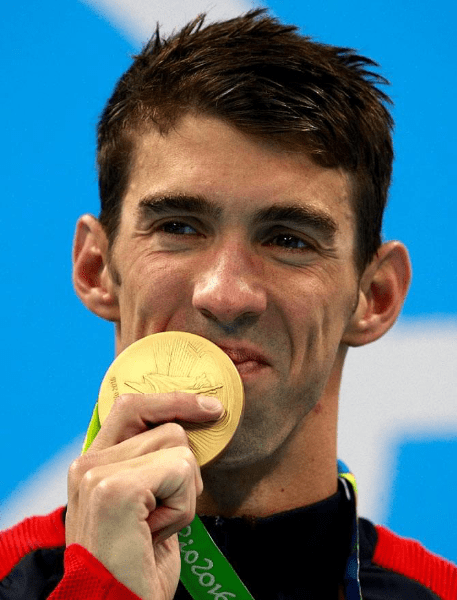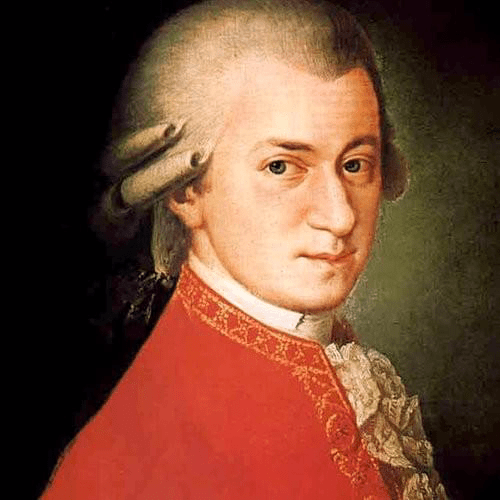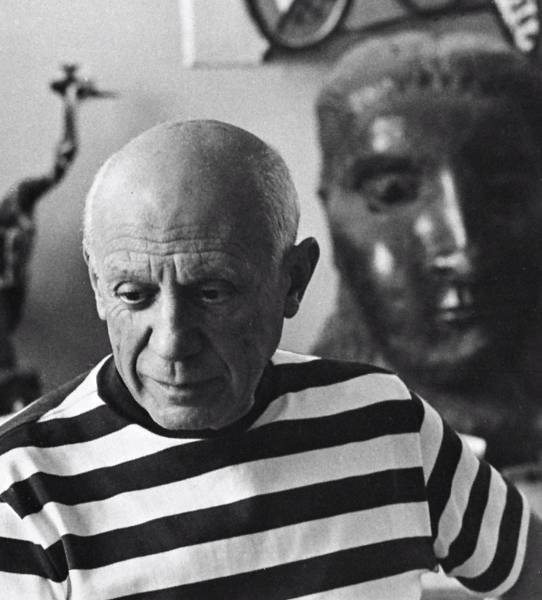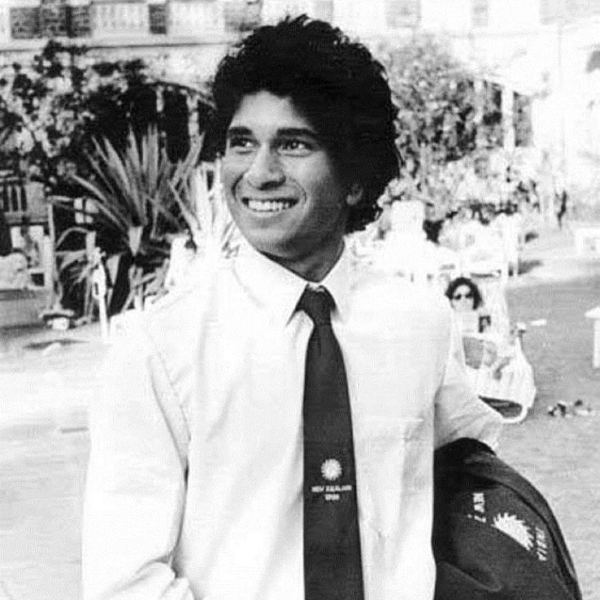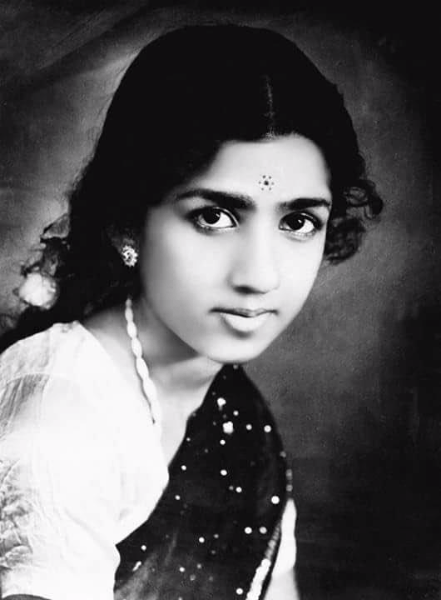
The world will miss out on the next generation of scientists, musicians, artists and sports stars if they are not identified and groomed at a young age.
DexChallenge designs talent identification platforms to identify and groom talents at a young age and creates experiences that enable young people to discover their hidden interests and potential.
- From Faraday to Mozart, Picasso to Pascal — history is made when talent is identified and nurtured at a young age.

In the summer of 1996, when a 10-year-old Michael Phelps met coach Bob Bowman, they probably had no idea that this would be the start of one of the greatest sporting relationships to ever exist. Coach Bob Bowman identified the special abilities of Phelps and carefully crafted special training programs for the young boy. Five years later, Michael Phelps would become the youngest swimmer to qualify for the Olympics since 1968. Today, Michael Phelps is the most successful and the most decorated Olympian of all time. Had Phelps been a nation, he would rank 39th in all-time Gold winner table.

It did not take Wolfgang Mozart's father much time to identify an extraordinary talent at home. From a very young age, Mozart’s father taught him the delicacies of music and introduced him to languages and academic subjects beyond music. At the age of five, he was presented as a child prodigy and performed his first musical tour throughout Europe. Aged 6, Mozart performed for the Austrian royals at the Hall of Mirrors at Schloss Schönbrunn and impressed Empress Maria Theresia and the rest of the imperial family with his talent and liveliness. Mozart's talent was identified and groomed at a young age and it is no wonder he would go on to redefine the genres of music and inspire a generation of musicians, including the likes of Beethoven, who is said to have composed his early works in the shadow of Mozart.

When Pablo Picasso’s father saw his son inclined towards the field of art, he decided to take his training in his own hands. When Picasso made his first painting at the age of 5, his father started teaching him the arts of figure drawing and oil painting. When Picasso moved to Barcelona, his father persuaded the officials at an art academy to allow his son to take an entrance exam for the advanced class. This process often took students a month, but Picasso completed it in a week, and the impressed jury admitted Picasso, who was 13. This young painter would go on to redefine the field of art, lead the movements of Cubism and Surrealism and create some of the most iconic paintings of the 20th century.

At age 20, when a young Michael Faraday attended a lecture by a widely respected scientist Humphry Davy at the Royal Institution, he was immediately drawn towards his ideas and wanted to work for him. On the basis of Faraday’s carefully taken notes of Davy’s lectures, he was hired by Davy in 1813 to assist him at his lab. As one of his first tasks, Michael Faraday accompanied Davy on an 18-month European tour, taking in France, Switzerland, Italy and Belgium and met many influential scientists. Michael Faraday would go on to make invaluable contributions to the field of electromagnetism and electrochemistry and would be for Humphry Davy, in his own words — "his greatest discovery."

Sachin Tendulkar was introduced to cricket at the young age of 11 and was just 16 when he became India’s youngest Test cricketer. At a young age, his brother Ajit spotted his talent in cricket and introduced his younger brother to Ramakant Achrekar, who coached Tendulkar from the age of 11. Coach Achrekar carrying Sachin on the back of his scooter, to help him practice more matches in a single day, was a common sight in the streets of Mumbai. Achrekar would often place a one-rupee coin as a prize on stumps and if Sachin did not get out all day, he would take the coin home. This rigorous and disciplined training by Achrekar would lead Tendulkar to become one of the greatest ever to have played the game of Cricket. Tendulkar set and broke countless number of records as a cricketer and is one of the most revered sportspersons of all time.

The daughter of Deenanath Mangeshkar — owner of a theatre company and reputed classical singer — Lata Mangeshkar was trained by her father in classical music from a very young age. She received formal training in classical music starting the age of five. In a career that has spanned over six decades, Lata Mangeshkar would go on to record over 25,000 songs in over 36 languages, be known as the "Nightingale of Bollywood" and bring an Indian Prime Minister to tears during the live performance of Ae Mere Watan Ke Logon. Lata Mangeshkar is one of respected artists of all time. In 2001, in recognition of her contributions to the nation, she was awarded the Bharat Ratna, India's highest civilian honour.

Having lost his mother at a young age, the entire responsibility of Blaise Pascal’s education lay on his father. Instead of sending him to a local school, Pascal’s father, who was an accomplished mathematician himself, chose to teach his son at home. He also allowed Blaise to accompany him to meetings at Mersenne's Academy in Paris. It was there, at age 16, that Blaise presented a number of his early theorems to some of the premier mathematical thinkers of the time. In an effort to make his father’s job of calculating taxes easier, this young boy would go on to invent the first mechanical calculator. His works in the field of Mathematics and Probability Theorem would redefine these fields forever and make him one of the most prominent mathematicians to ever exist.
